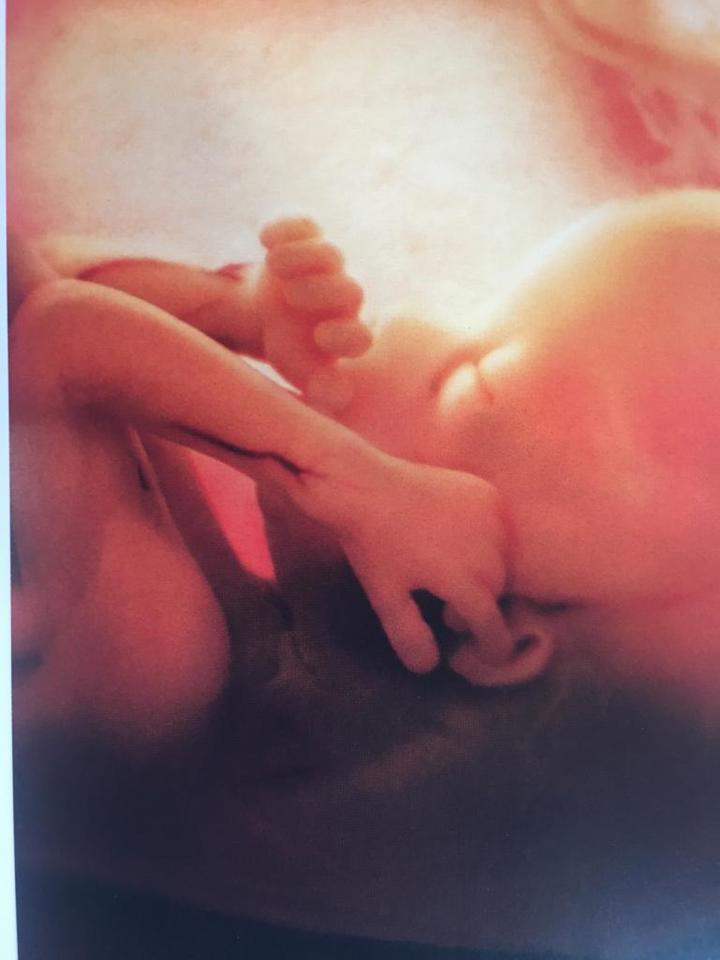As the current COVID-19 pandemic has been spreading worldwide, the scientific and medical community is quickly gathering data about multiple aspects of SARS-CoV-2 infection. However, little is known about the impact of SARS-CoV-2 during pregnancy. In literature, there are no reported cases of vertical transmission for SARS-CoV and MERS, probably due to the limited spread as contributing factor. However, the presence of anti-SARS-CoV-2 specific IgM in newborns was documented in two cases. Maternal IgM cannot cross the placenta and their presence is the consequence of direct exposure of the fetus to the antigen. Additionally, a few SARS-CoV-2 positive placenta were reported, as well as few cases of positive nasopharyngeal swab from newborns. Strikingly, one report described a single case strongly suggestive of a mother-to-child in utero SARS-CoV-2 transmission. This represent a major concern for global health and the possible risk for fetuses should be promptly assessed. In this scenario, our study was aimed to further investigate whether SARS-CoV-2 vertical transmission is possible and how frequently it may occur, to investigate the production of specific antibodies and the inflammatory response in mothers and fetuses. In order to achieve that, 31 pregnant women who experienced SARS-CoV-2 infection were enrolled in three different hospitals in northern Italy. All the samples were collected between March and April, when the pandemic hit Italy in late February. Therefore, of course, the women we analyzed were at the end of their pregnancy. Samples were collected at the time of delivery and during lactation. In particular, we collected placental biopsies, umbilical cord biopsies, amniotic fluids, umbilical cord and maternal blood, and vaginal swabs. SARS-CoV-2 detection was performed on all these specimens, while anti-SARS-CoV-2 specific antibodies detection was performed on blood samples. The same analyses were performed on milk. Overall, we registered 4 severe cases, one of which was transferred to the ICU. Also, C-section was performed in 19% of the deliveries, half of which was related to the severity of COVID19 symptoms. We observed 1 case of pre-term delivery only. Remarkably, we detected signs of SARS-CoV-2 fetal infection in two different cases: one was positive for the virus in the placenta and in the umbilical cord blood, while the other one was positive in the placenta and displayed anti-SARS-CoV-2 specific IgM in the fetal blood. In this case, even more concerning, displayed a mild clinical outcome only. Of note, we detected the presence of the virus and anti-SARS-CoV-2 specific antibodies in one sample of milk and in one vaginal swab only. Then, we decided to further investigate the inflammatory profile on these women. In particular, we performed an analysis of the on placenta biopsies and on umbilical cord and maternal blood. Results showed that placentae from SARS-CoV-2 infected patients display a generalized immune activation profile. As for maternal plasma, the concentration of pro-inflammatory molecules was strongly increased in the newborns plasma and in placentae as well. In conclusion, although rare, SARS-CoV-2 in-utero vertical transmission is possible.

Subscribe to the Topic
Microbiology
Life Sciences > Biological Sciences > Microbiology





Please sign in or register for FREE
If you are a registered user on Research Communities by Springer Nature, please sign in